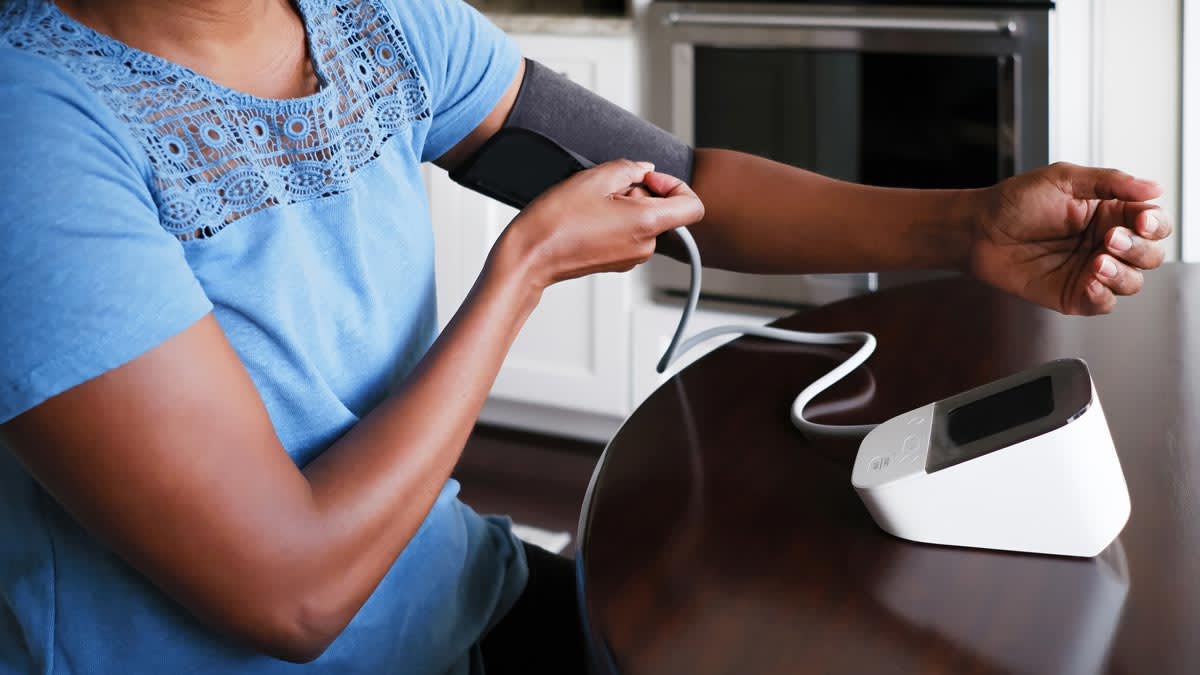Blood Pressure Monitors Don’t Fit Millions of People

For the new study, the researchers selected 16 popular blood pressure devices from Amazon.com in January 2024, choosing devices that ranked highly in search, number of purchases, and number of ratings over the previous month. They ruled out six devices that were either unavailable or came with a wrist cuff instead of an arm cuff. Out of the remaining 10, 9 came with cuffs that fit arms 8.7 to 16.5 in (22 to 42 cm), and one fit arms 8.7 to 15.7 in (22 to 40 cm).
The team then compared these cuffs to arm circumferences recorded in the National Health and Nutrition Examination Survey from 2015 to 2020. In addition to finding that about 6.4 percent, or 16.5 million adults, had arms too large for these standard cuff sizes, the researchers also found that about 0.3 percent of U.S. adults, or 800,000 people, had arms too small for these sizes. Using a cuff that’s too large is associated with getting a lower systolic reading, by an average of 3.6 points, according to Matsushita’s 2023 study.
Some manufacturers allow consumers to purchase additional larger cuffs as accessories, according to Booth. But she says the fact that people typically have to pay more for these and can’t simply select the right size when buying a blood pressure monitor makes it less likely that people will get the product they need to accurately track their health.
Shifting the “standard” size up by a few centimeters—choosing a range from 9.8 to 17.7 in (25 to 45 cm)—would cover about 2.3 million more adults, according to Matsushita. But even better would be for manufacturers to let consumers select a cuff size when buying their device in the first place. “When we buy clothing, we can find sizes medium, large, and extra-large easily,” he says. The same could be an option for blood pressure monitor purchases.
Source link


